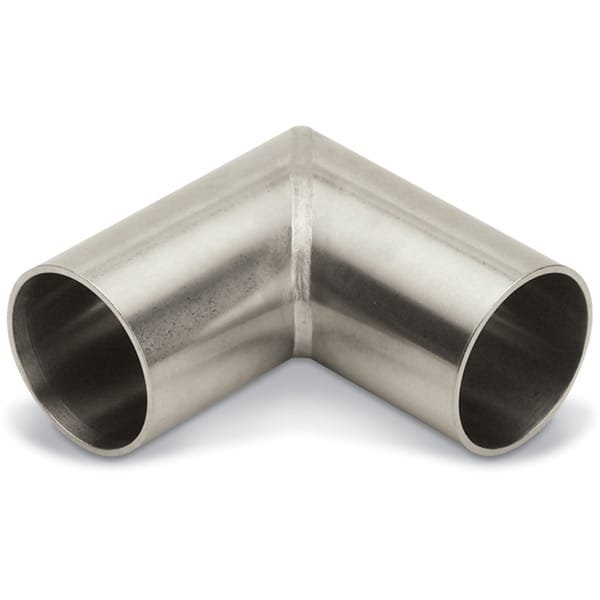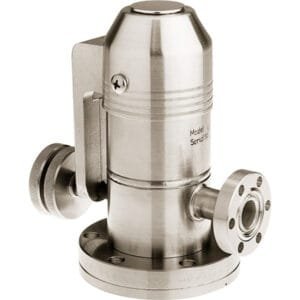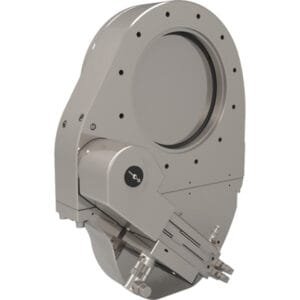Weldable Elbow Tube Fittings for Semiconductor Applications
Our weldable elbow tube fittings are constructed from high-quality 304 series stainless steel, making them a robust choice for various applications. These fittings are particularly well-suited for use as roughing lines in semiconductor process equipment, as well as foreline and pump exhaust lines within semiconductor subfabs.
Features of Our Weldable Elbows
- Exceptional Cleanliness: Our fittings provide maximum cleanliness for ultra-high vacuum (UHV) applications, achieving levels greater than 10<sup>-13</sup> Torr. This ensures optimal performance in sensitive environments.
- Broad Temperature Range: Designed to operate effectively within a temperature range of -200 °C to 450 °C, these weldable elbows can handle various operational conditions.
- Design Variability: Choose from radius or miter designs to best fit your installation needs, providing flexibility in system configuration.
- Customizable Options: We offer a range of common wall thicknesses and tube diameters. For specific requirements or inquiries about flanged versions, please reach out to us for tailored solutions.
Enhance your semiconductor processes with our reliable and high-performance weldable elbow tube fittings, engineered to meet the rigorous demands of the industry.
Specifications
| Vacuum Range | ≥ 1×10-13 Torr. |
| Temperature Range | -200° to 450° C |





Reviews
There are no reviews yet.